In this week of toadying obsequies after the (rather late) retirement of Sir Nicholas Serota from his imperial throne at Tate, an alternative narrative (briefly) enters the minds of the mischievous.
Alone, aloof, fastidious, austere, he is sitting, suited darkly, in his office surveying, with a basilisk stare, the spreadsheets and data-sets his cowering elfin helpmeets have presented him. They step backwards towards the door bowing, afraid to meet his eyes, as he shoots freezing glances towards them. His lips soon purse in cool satisfaction. He is maybe even stroking a furry white cat. Or perhaps a PVC balloon pussy by Jeff Koons.
The numbers on his spreadsheets are all about attendances. And they are big numbers. Sir Nicholas — ‘Nick’ to his chums — is, or was, the great cham of the new museum religion. Here, an article of faith is that ever-higher attendances are the surest test of value. Success is a calculus of footfall. All of them, these acolytes of the museum faith, default to new building projects as a device to lure and secure more visitors. Nick has created more new buildings than most. The crowds, not the content, make you credible, at least so far as the DCMS is concerned.
Indeed, in nearly 30 years at Tate, he has grown a pleasant Millbank backwater gallery with a nice collection of English art admixed with a polite smattering of international modernismo, the sort of place you would take your mistress on a wet afternoon in Pimlico after a kebab and before some hanky-panky, into a roaring, multi-site, premium-branded visitor experience. Nick’s Tate Modern, which opened in 2000, is now the most popular museum of modern art in the world. No one dares ask: ‘So what?’
This career began at Oxford’s Museum of Modern Art, where he championed the trickster, borderline psychotic Joseph Beuys. No one better illustrates the predicament of contemporary art than Beuys: easy to write about, worthless to look at. Next, Nick vitalised the East End’s Whitechapel Gallery. His flawed masterpiece is Tate Modern, whose sublime cavern mocks the fact that Tate’s collection is feeble and its creative direction uncertain. The new Herzog & de Meuron Switch House emphasises this absurdity: there is nothing worthwhile to put in it. But still eager crowds throng the shops, restaurant and belvedere. You think perhaps some sort of genius is at work here: the visit itself becomes a work of art.
Not obviously an aesthete, Nick is urbane and can be charming. Which, of course, suggests that sometimes he cannot. Frivolous he ain’t. Some of his staff find him aloof and exigent. His mother was a fearsome Old Labour baroness who made several enemies. Nor is he a scholar, nor much of a published critic. Instead, he incongruously combines a neophiliac’s tolerance for the next-new-thing (even when it is crap) with a bureaucrat’s compulsion to institutionalise, organise, divide and rule. The ludicrous Turner Prize, which degenerated from interesting curiosity to embarrassing farce during Nick’s time, shows what happens when you attempt to institutionalise outrage.
And now he leaves for the Arts Council. Experts in large-scale pattern-recognition will detect something here. Namely, the delusion that art flourishes in bureaucracies and can be systematically administered by committees. Of course, historic exhibitions of Picasso, Matisse and Hopper were rightly huge successes for Tate, but they would have happened without Nick Serota. His shoes will be difficult to fill, the huge spaces he leaves behind more difficult still. His legacy? A set of visitor targets to drive his successor to a delirium of anxious frustration. Nick will never be described as a new Medici, but he might be remembered as a new Disney.
Got something to add? Join the discussion and comment below.
Get 10 issues for just $10
Subscribe to The Spectator Australia today for the next 10 magazine issues, plus full online access, for just $10.

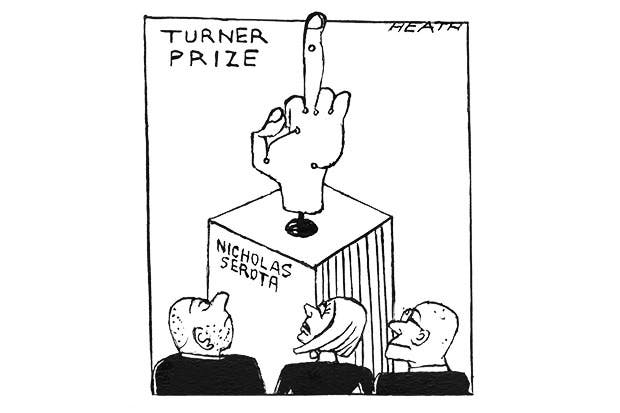
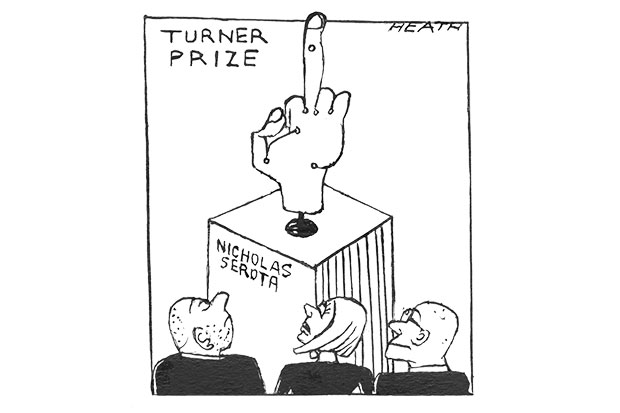
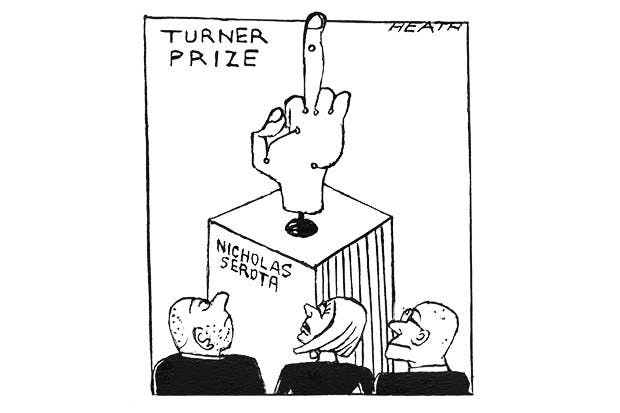
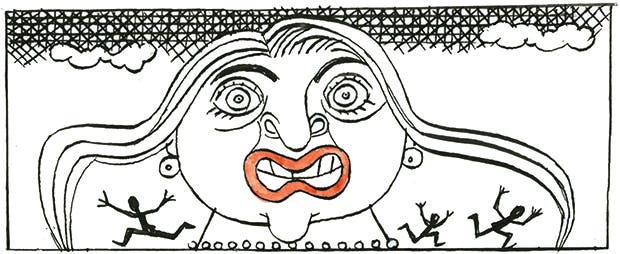
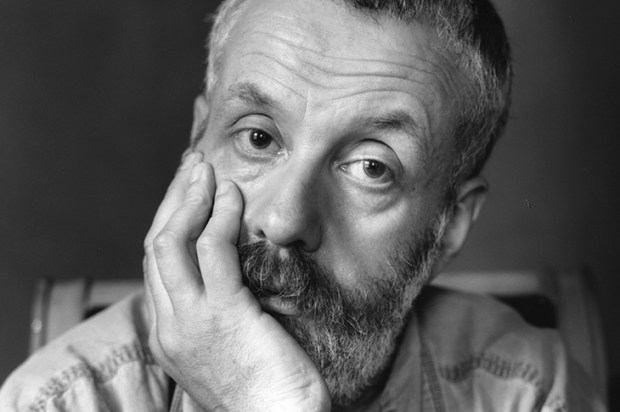







Comments
Don't miss out
Join the conversation with other Spectator Australia readers. Subscribe to leave a comment.
SUBSCRIBEAlready a subscriber? Log in